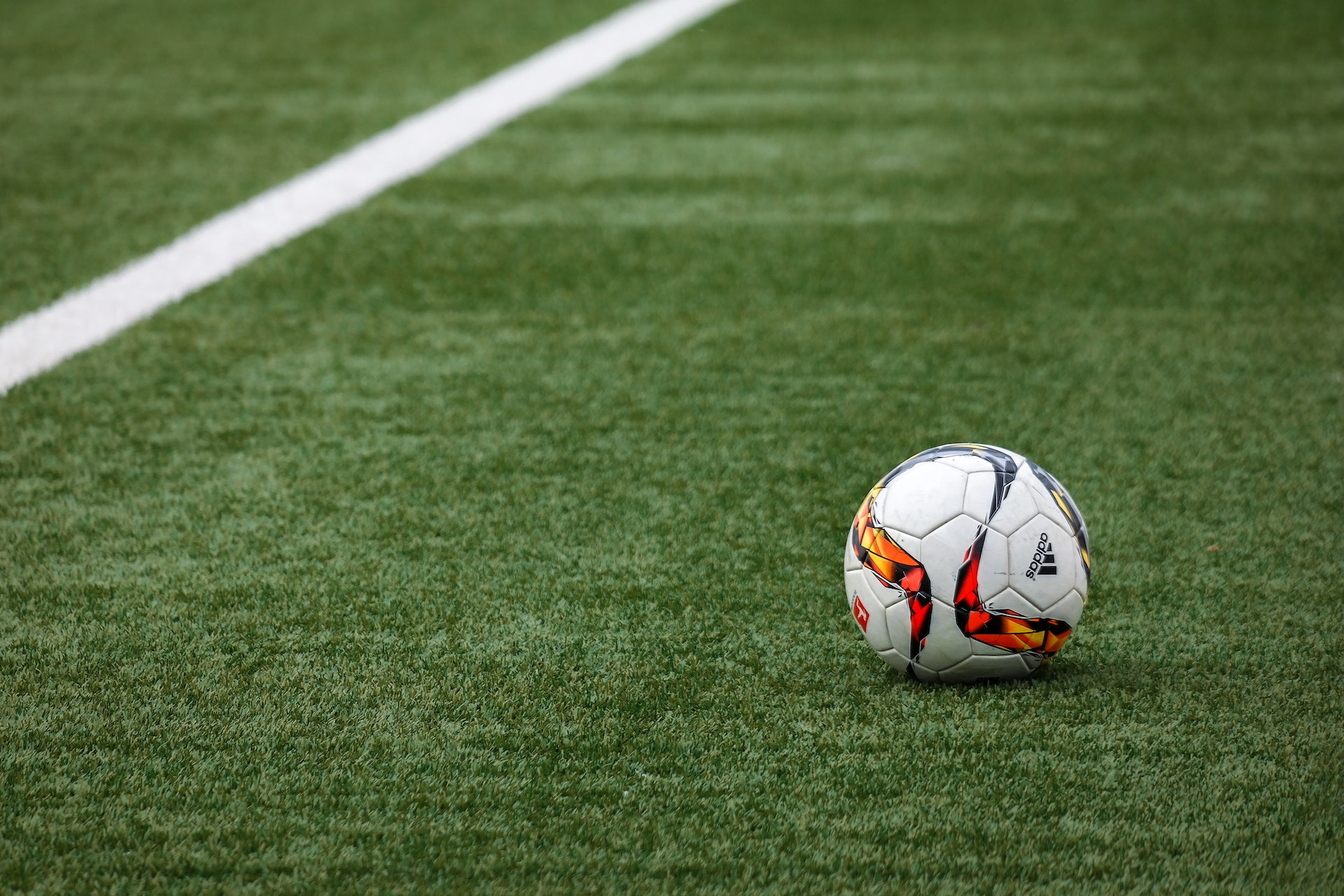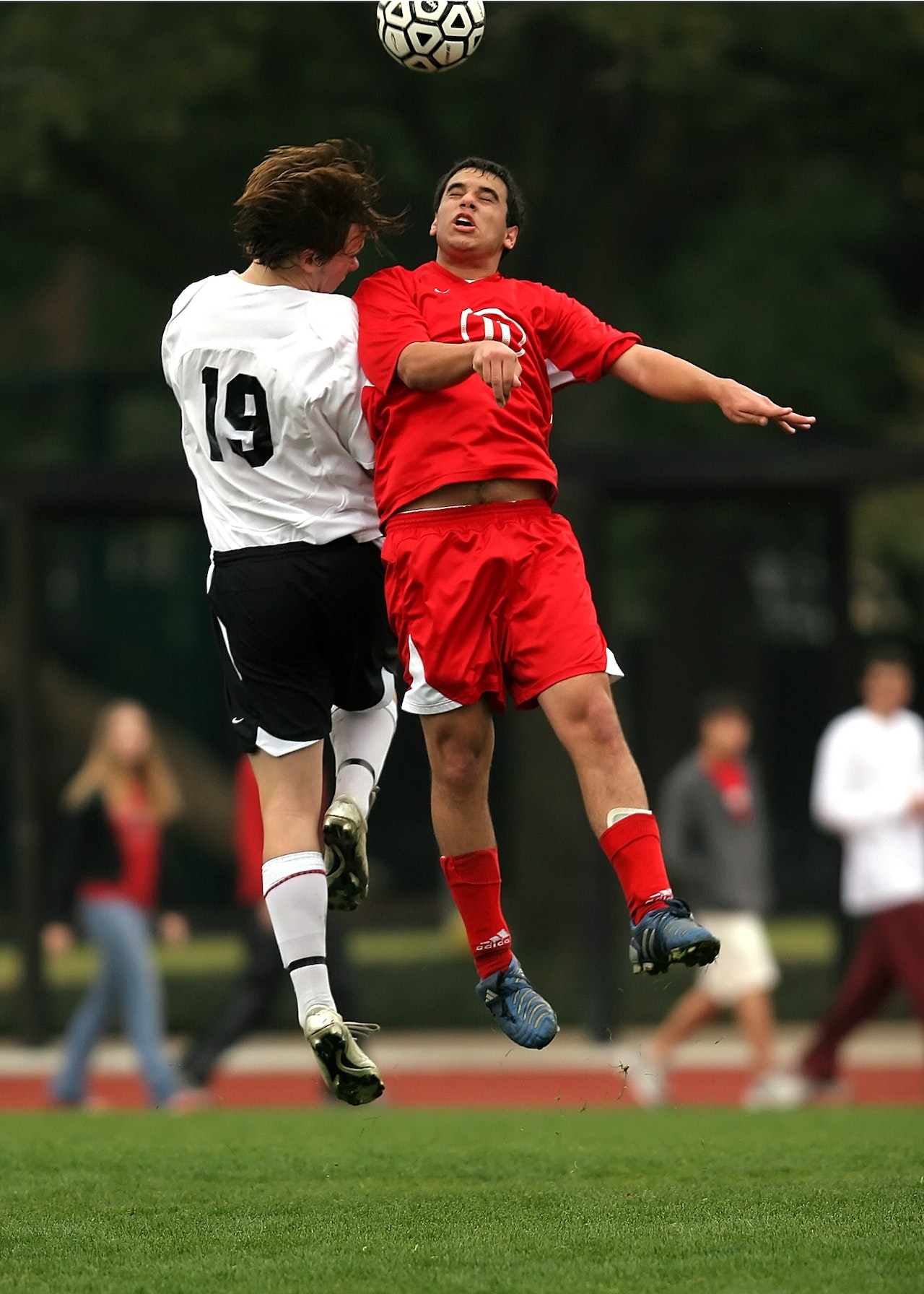What Are The Rules Of Soccer?
Soccer games are played in schoolyards, backyards, and fields all over the world. There are many ways to enjoy soccer. But the rules of soccer can be interpreted in many different ways.
Author:K. N.Jan 07, 2023141.4K Shares2.2M Views

Soccer games are played in schoolyards, backyards, and fields all over the world. There are many ways to enjoy soccer. But the rules of soccercan be interpreted in many different ways.
The rules of soccer are the only topic covered in this article. We look at each law on its own to make rules that are hard to understand easy to understand.
What Are The Rules Of Soccer?
The official rules of soccer,also known as the Lawsof the Game, help keep the game fair for everyone.
The fundamental laws of the game are the same everywhere in soccer, even though different countries have different ways of understanding the rules.
All games, from the World Cup to the MLS, follow the same general set of rules. The International Football Association Board (IFAB) is in charge of the official Laws of the Game and makes decisions about them.
The organization was set up in 1886 to make soccer a more global sport by standardizing the rules. FIFA, which is one of the most powerful organizations in the sport, knows that IFAB is in charge of managing the rules.
But FIFA is very involved in IFAB's work and has a 50% vote in how things are done. Changes to the laws need a vote from a supermajority of 75% of the people.
So, FIFA must show its support for any major changes for them to be passed. IFAB takes its job seriously and tends to move slowly, methodically, and cautiously when making changes.
The Playing Field
This law covers everything important about the playing field and the areas around it. Some of the most important things that the law affects.
The Gear Of The Players
The players must wear certain gear, are not allowed to wear other gear, and must follow clear rules about certain gear.
The Official
This law talks about the referee's job in soccer and covers things like:
- The referee's power
- How decisions are madeVAR's powers and responsibilities equipment of the referee
- The referee sends.
- What a referee has to do. It's important to remember that soccer's rules are simple but not set in stone.
This adds to the game's free-flowing and artistic way of being played.
Many things that happen during a game are up to the referee's choice. Some decisions made on the field will always be wrong or at least questionable.
But referees have to keep the "spirit" of the game in mind and do their best to make the right decisions when things go wrong.
A VAR was made because of this and has since been changed. Referees have also been able to change their decisions because of this.
How Long The Game Lasts
Soccer uses a special system for keeping track of time. Law 7 explains in detail how a game is split, taking into account things like:
- Times to play (45-minute halves)The time between halves (15-minute breaks between halves)
- Make up for lost time (additional time added on at the end of halves for substitutions, fouls, other stoppages, etc.)
- Abandoning a game.
- The beginning and end of the game
Games don't just start at the start of the half and end when the time is up. There are a few times when the game has to be stopped.
The Ball Is Coming And Going
This simple but important rule says when a ball is in play and when it is not. The ball is out of play, for example, if:
It has completely crossed the sideline, goal line, or touchline, whether it is on the ground or in the air.
The game ends when the referee blows his or her whistle. It touches an official, and the touch changes the game in a big way.
As soon as the game starts, the ball is in play, and it stays within the field.
OffsideIn the game of soccer, offside is one of the most important rules. It changes how teams are set up, how they attack, and how they defend.
Check out our other articlefor a full explanation of the offside rule and how it affects soccer in LigaDeportiva.
Fouls And Bad Behavior
The section of the Laws of the Game about fouls and misconduct is another important part that has a direct effect on how the game goes, how it ends, and how fans enjoy it.
We have another article that goes into detail about what a foul is in soccer and what happens if you commit one.
Contact and the use of the hands and arms are two of the most important parts of Law.
What Kind Of Contact Can Be Made In Soccer?
Contact sports include soccer. But compared to games like American football or boxing, it is not nearly as physical. It's important to know the difference between a foul and something else.
Now, let's answer some questions about soccer fouls and contact.
In Soccer, What Is A Foul?
- When a player breaks one of the rules of the game, this is called a "foul."
- When a player does this, the other team usually gets a free kick or a penalty.
- When a player makes a serious mistake, he or she can get a yellow card (a warning) or a red card (dismissal or ejection).
What Is Not Permitted In Soccer?
For offenses that are careless, reckless, or done with too much force, direct free kicks are given. Some types of contact that are not allowed are:
Charging
- Jumping at an opponent, attempting to kick, or being kicked by someone else
- Pushing
- Striking or attempting to strike an opponent, tripping a player, or trying to do so
- Biting or spitting at an opponent, a game official, or a coach or staff member
- Handball
- Keeping a rival in your grip
- Getting in someone's way by touching them
- What is "charging" in soccer?
When a player charges, they attack their opponent physically and aggressively without thinking, without being careful, or with too much force.
As was already said, it is a foul to charge. Depending on how hard it was, a yellow or red card could be given.
What Does The Yellow Card Mean?
A yellow card is a warning given to a player who has done something very wrong. If a player gets two yellow cards, that's the same as a red card, and the player is kicked out of the game.
What Does The Red Card Mean?
When a player does something that gets them sent off, they get a red card. They are kicked out of the game and can't be replaced with another player.
For a very bad foul, a player can get a straight red card. Or, as was said, two yellows add up to a red.
People Also Ask
What Are The General Rules Of Soccer?
Everyone must play the ball with their feet, heads, or chests. Only the goalkeeper can use their hands, and they can only do so in their own goal area. The object of the game is to score a goal by kicking or heading the ball into the goal of the other team.
What Are Football Rules?
- A match is made up of two 45-minute halves separated by a 15-minute break. Each team must have at least 11 players, and only the goalkeeper is allowed to touch the ball inside the 18-yard box.
- A match must have at least seven players to be considered official.
How Many Rules Are In Soccer?
Soccer is played according to 17 laws, or "rules." Most of these laws aren't hard to figure out. The rules are made so that soccer is fun, safe, and fair for everyone who plays.
Conclusion
Since the 2016–17 revision of the Laws of the Game, the IFAB has "started the most far-reaching and comprehensive period of law changes in its history."
The goal of the changes is to "make the laws clearer, easier to understand, and more in line with how the game is played today at all levels."
This has meant letting changes happen that don't fit with the idea that the laws are universal.
For example, "sin bins" have been added to youth, veteran, and disabled football, matches for young players have been cut shorter and the field and goals have been made smaller.
Jump to
What Are The Rules Of Soccer?
The Playing Field
The Gear Of The Players
How Long The Game Lasts
The Ball Is Coming And Going
Fouls And Bad Behavior
What Kind Of Contact Can Be Made In Soccer?
In Soccer, What Is A Foul?
What Is Not Permitted In Soccer?
What Does The Yellow Card Mean?
What Does The Red Card Mean?
People Also Ask
Conclusion

K. N.
Author
Latest Articles
Popular Articles


